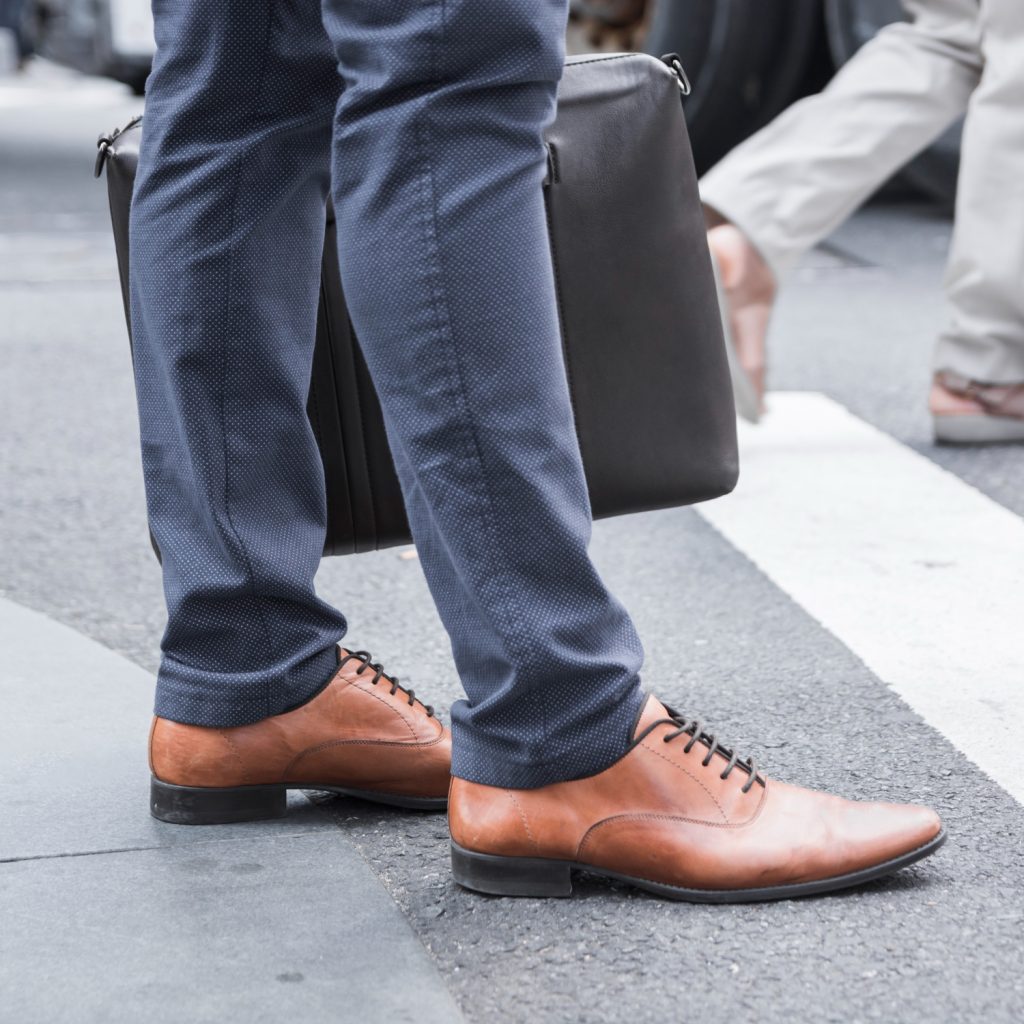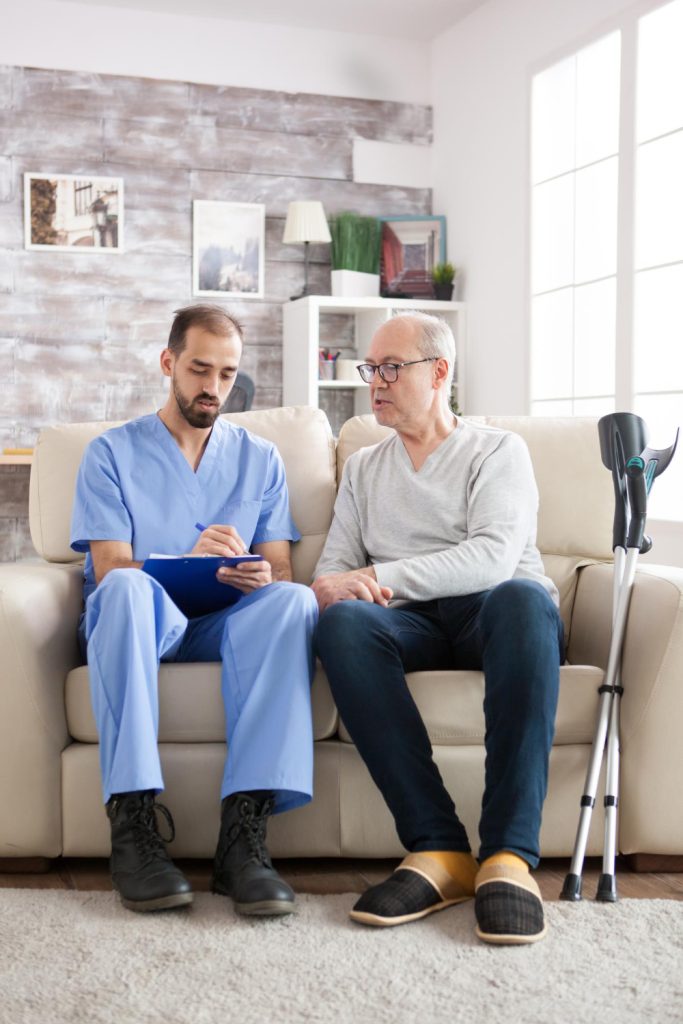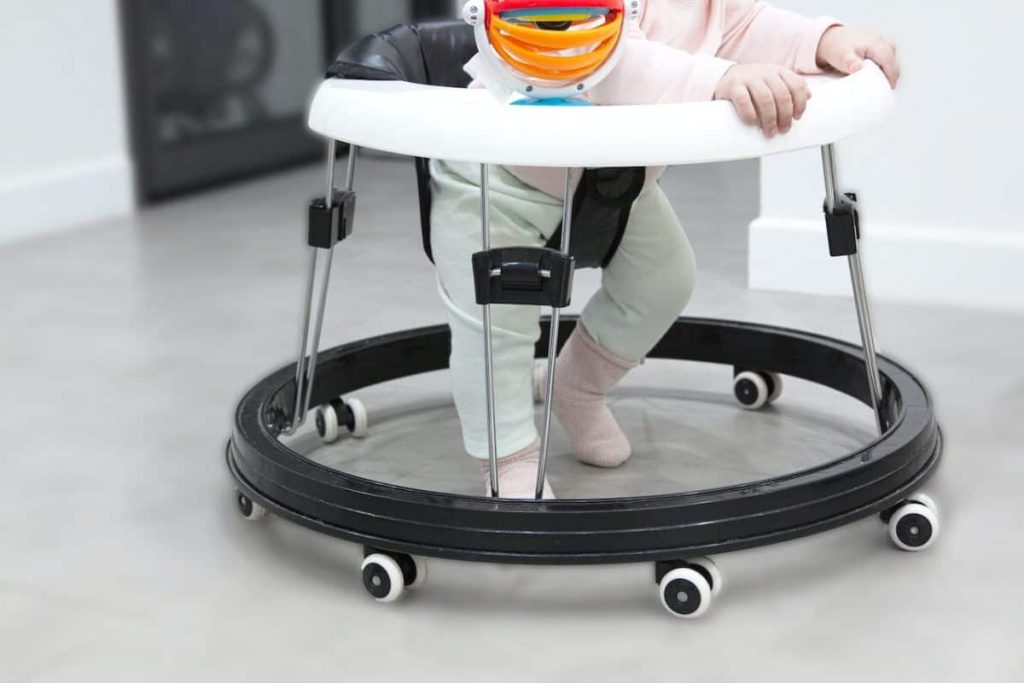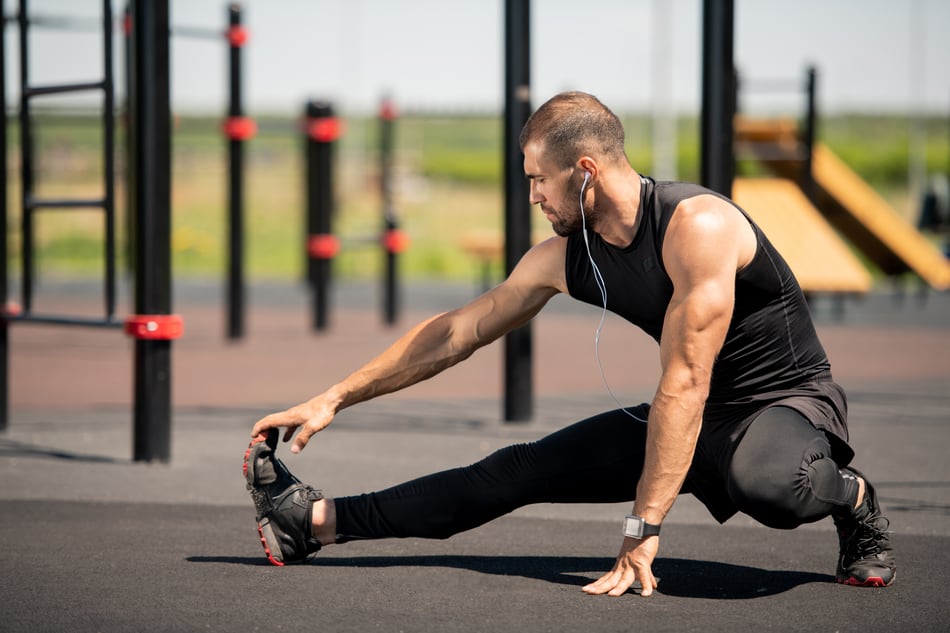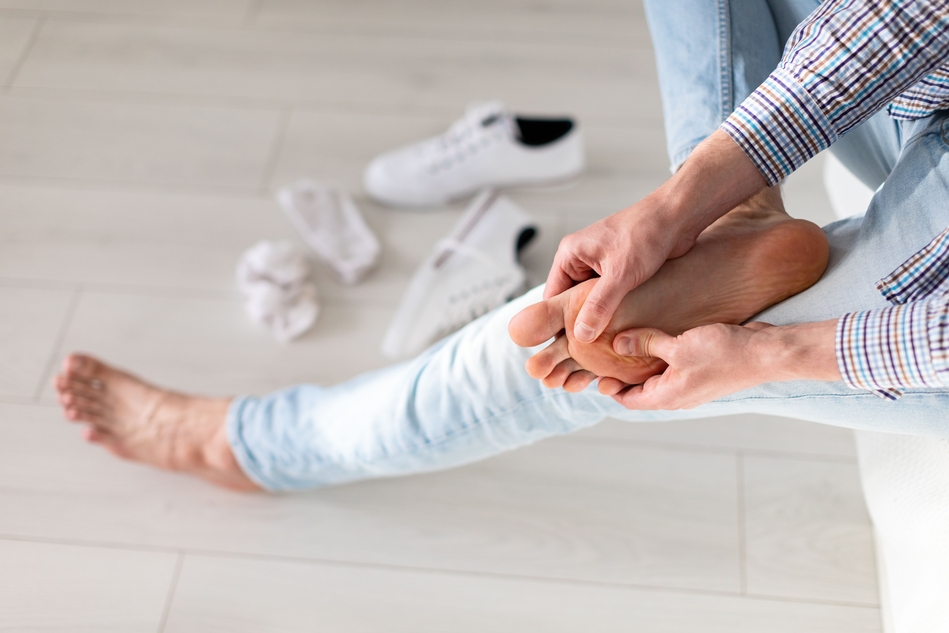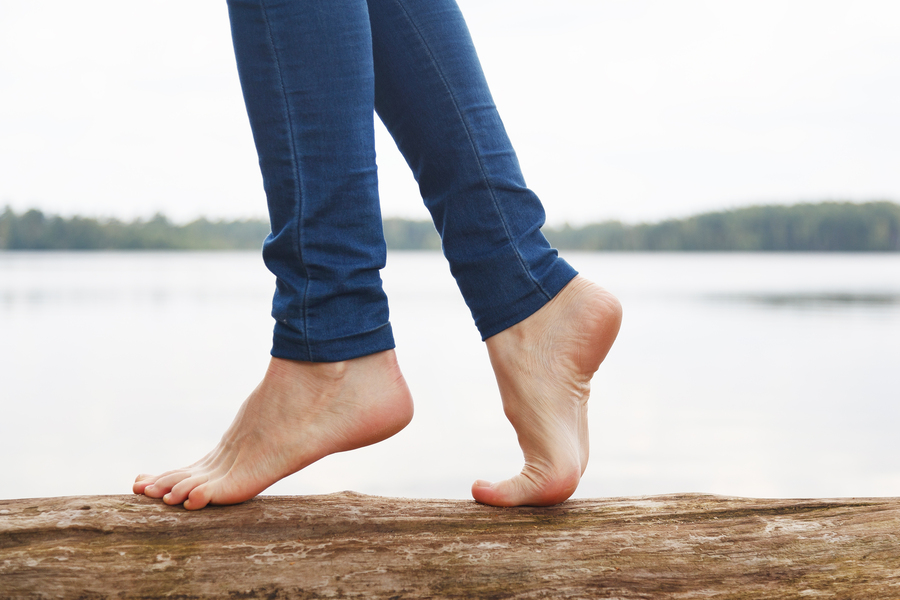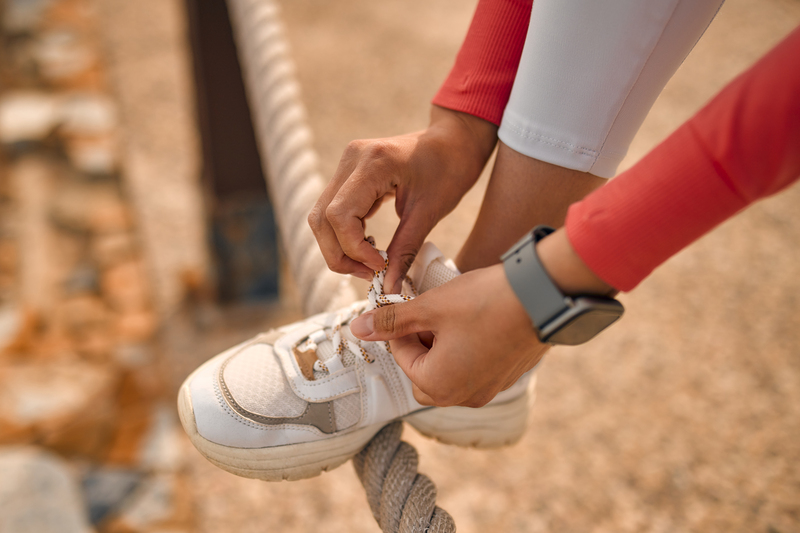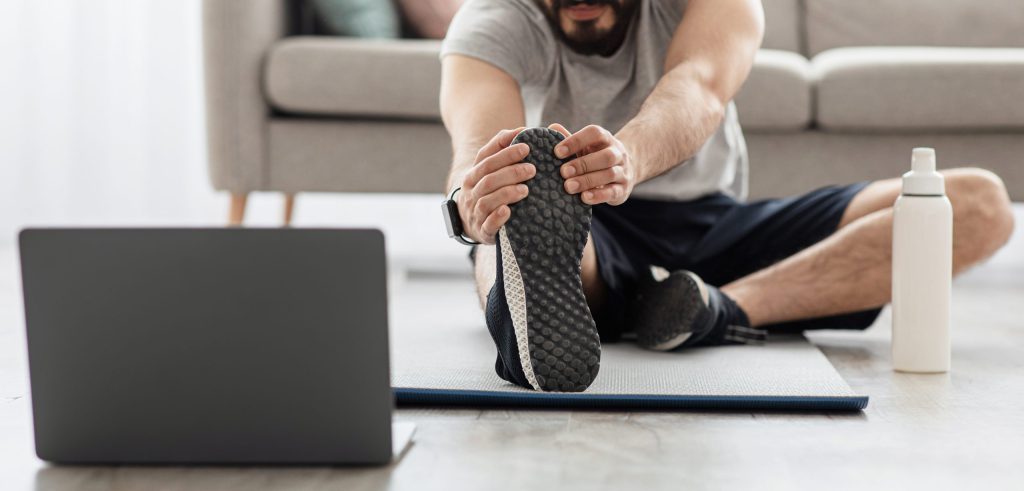Maintain your Foot health at work
It’s no secret that many of us spend a significant amount of our day on our feet at work, whether it’s standing, walking, or running around. However, spending long hours on your feet or sitting can take a toll on your foot health. And neglecting our foot health can lead to pain and discomfort that can affect our overall wellbeing. In this blog post, we will provide you with some simple tips for maintain your foot health at work. 6 tips for maintain your foot health at work Whether you work in an office, on a construction site, or in a restaurant, your feet are essential for getting you through the day. Wear Comfortable Shoes. One of the most important things to maintain your foot health at work is to wear comfortable shoes. For example, shoes that are too tight or too loose can cause foot pain and discomfort. Find out more tips about choosing the right shoe. Take Breaks. Whether you stand or sit for long periods at work, taking regular breaks can help prevent foot fatigue and reduce the risk of foot problems. Take a short walk, stretch your legs and feet, and give your feet a chance to rest and recover. Stay Hydrated. Dehydration can lead to foot cramps. Drink plenty of water throughout the day to keep your body hydrated. Keep Your Feet Clean and Dry. Sweaty feet can lead to foot odor and fungal infections, so keep your feet clean and dry throughout the day. Consider bringing an extra pair of socks to work to change into if your feet get sweaty. Use Arch Supports. If you have flat feet or high arches, using arch supports in your shoes can help relieve foot pain and reduce the risk of foot injuries. Stretch Your Feet. Simple foot stretches can help improve circulation, reduce foot fatigue, and prevent foot problems. Try stretching your feet and toes throughout the day to keep them flexible and healthy. You can also consult a podiatrist to discuss more tips about maintaining your foot health at work.
Maintain your Foot health at work Read More »
